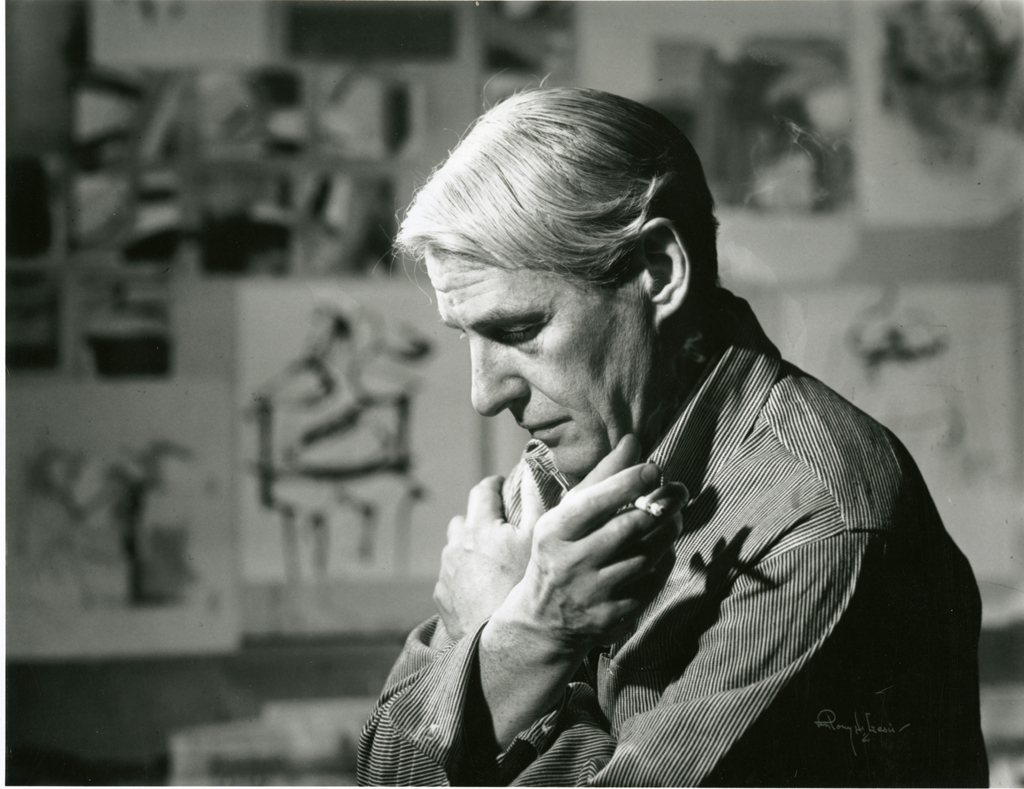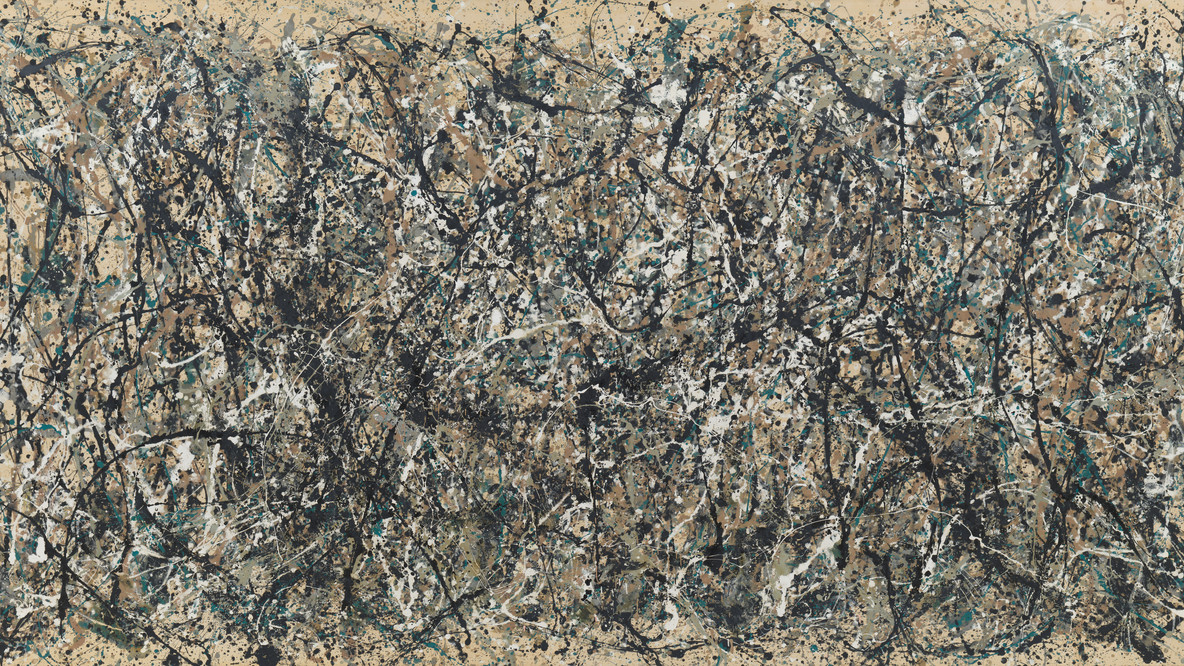A community of antique dealers that buy antiques estimate that American expressionist pieces are among those with the highest antique painting price in the world. Last year, for example, for the first time since 1888, a painting by a contemporary artist surpassed a painting by the Old Masters. The record was set by the 1955 painting Interchange by Willem de Kooning (1904-1997). In late 2015, billionaire Kenneth Griffin, who’s always buying antiques of remarkable significance, purchased it from the David Geffen Foundation for $300 million. Griffin paid about $200 million more for Jackson Pollock's 1948 painting "No. 17a." Mark Rothko's 1951 abstraction "No. 6 (Purple, Green and Red)" sold for 186 million in 2014. Another example antique paintings for sale (back then) that hit millions were Jackson Pollock's painting "No. 56" in 1948 which left the Sotheby's auction in 2006 for $140 million.

De Kooning in his studio in 1961. SOURCE: Wikipedia
It started in the "Age of Anxiety," after World War II, in the years of free jazz and the new flowering of poetry, when some American artists departed from accepted conventions and gave painting new energy. Their work shaped an unprecedented period in American art - abstract expressionism which in turn shaped modern antique valuations. A movement of people painting quickly, with broad strokes, splashing paint in cans and buckets for the ultimate release of emotion.
Today, it is precisely the painting by American Abstract Expressionists that is most attractive from an investment point of view. The works of many artists, whose names are not known to all European collectors and investors, go for fabulous money at US auctions. As soon as it appeared, American abstract expressionism immediately became very popular and firmly established its niche in the international art market.
Abstractionism rose to prominence in the United States in the mid-1940s. Willem de Kooning, Mark Rothko, Franz Kline, Arshile Gorky, and Jackson Pollock were the movement's leaders. It also encompassed painters such as Hans Hofmann, Clyfford Still, Robert Motherwell, and Helen Frankenthaler. We cannot ignore the contributions of Al Held, Barnett Niemann, Ed Reinhart, Ellsworth Kelly, Kenneth Noland, and Joseph Albers. And several of the painters mentioned above have permanently inducted America into the hall of fame of international painting.

Jackson Pollock. One: Number 31, 1950. Oil and enamel paint on canvas. CREDITS: moma.org
In the war and post-war times, people had the opportunity to see more than once that investing in art (including contemporary art) was safe and profitable. Those who realized it in time and managed to buy vintage paintings have become fabulously rich.
Cover image: Artnews.com


